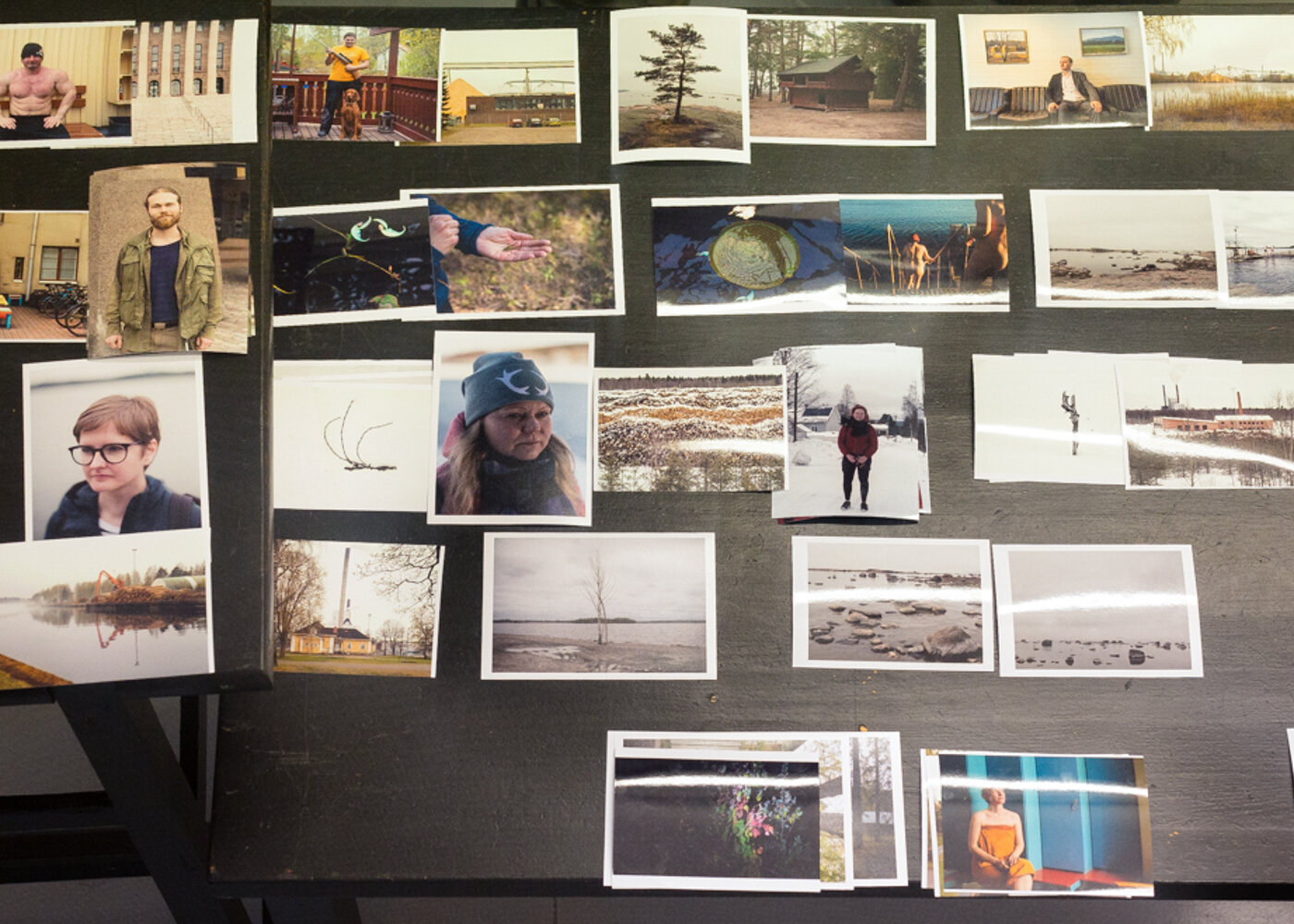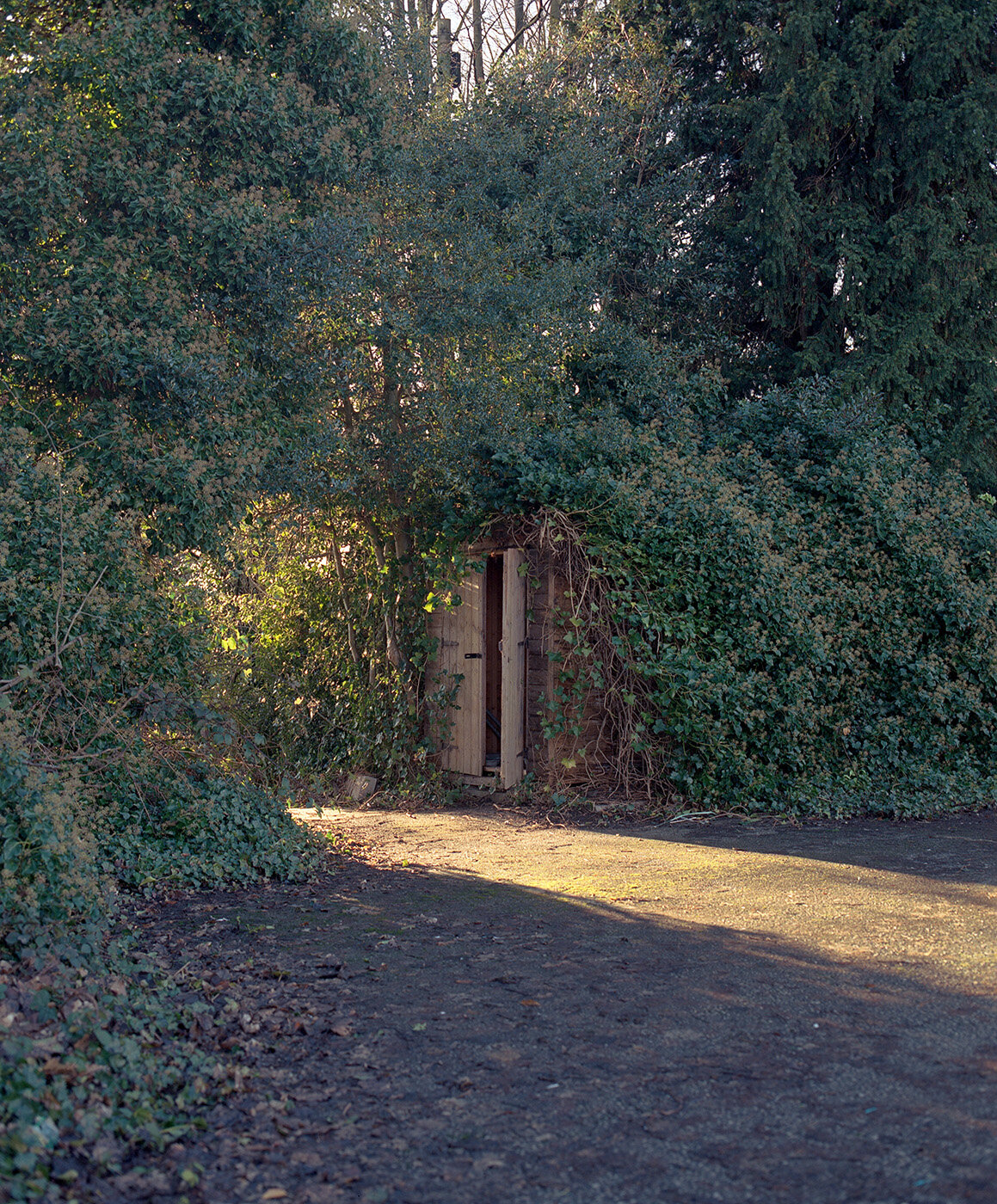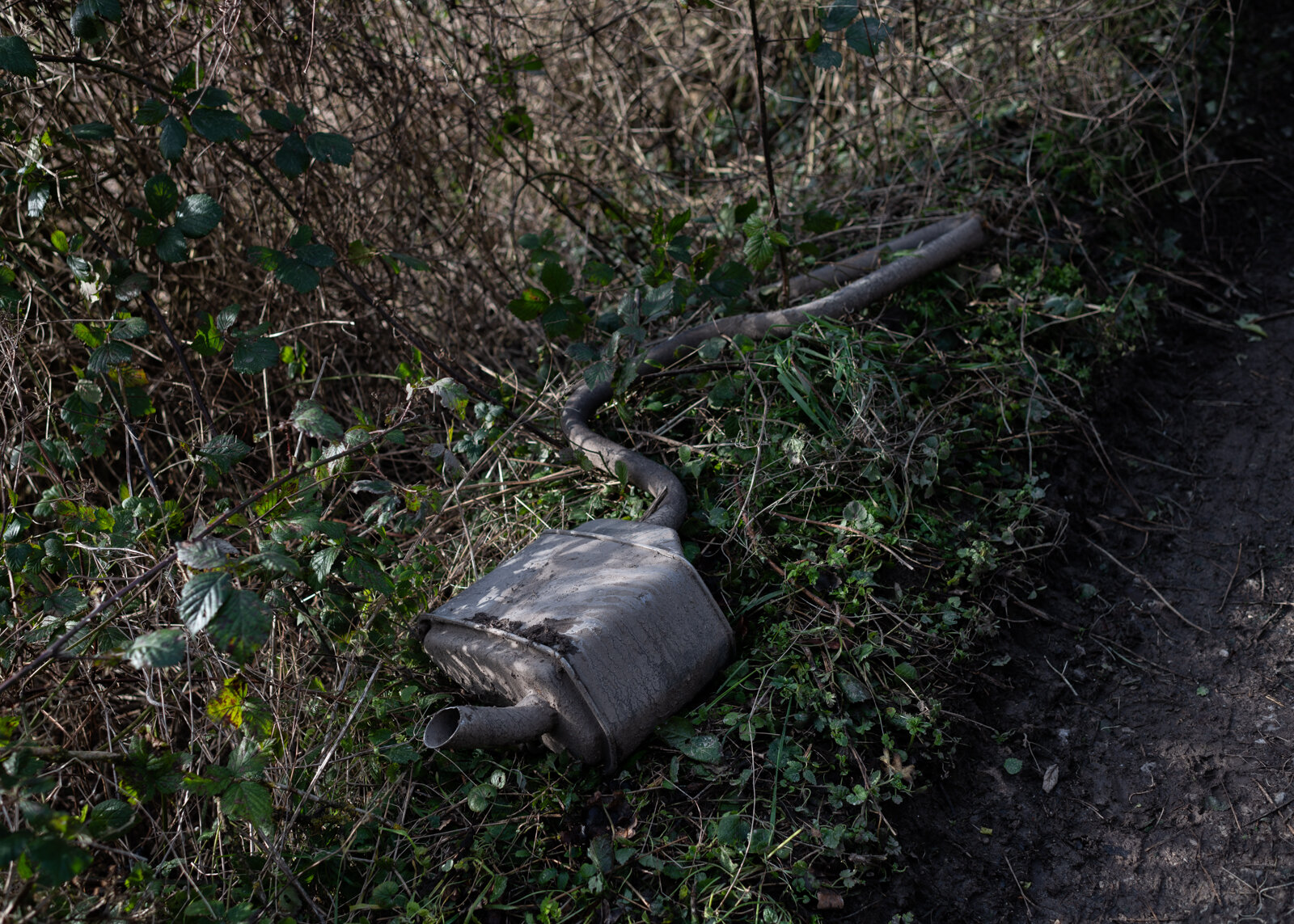In June, taking place in Glasgow (5th – 6th June at Many Studios) and London (22nd- 26th June at Bermondsey Project Space), is a new photographic exhibition curated by Francisco Ibáñez Hantke and Luke O’Donovan. The show explores the ways in which socioeconomic and political powers shape the built environment. For more than a decade, over half of the world’s population has lived in cities, and between now and 2050 this is forecast to grow by another 2.5 billion people. This massive expansion of urban environments has been a key driver of the Anthropocene, with the footprint of contemporary living far overreaching city limits, and redefining the natural landscape in its entirety. The environmental transformation of recent years has gone hand in hand with social, political and economic upheaval across the globe. The Power Structures exhibition seeks to make the unseen and often intangible powers that drive these changes visible, through the ways in which they have come to dictate the forms of buildings and cities around the world.
© Hashem Shakeri
© Catherine Hyland
© Luke O'Donovan
© Noelle Mason
© Tim Crocker
The exhibition features both emerging and established artists from around the world, who together provide an international perspective on some of the defining issues of our time. Whilst the exhibited works draw upon a variety of artistic techniques and cultural influences, there is an inescapable interconnectedness between the subject matter of images produced on opposite sides of the planet. Industry dominates the landscape from the marble quarries of the Atacama Desert, to the supersized hydroponic greenhouses of the Netherlands, or the disused cooling towers of West Yorkshire. Housing crises are displacing communities in Tehran just as in Los Angeles, whilst property speculation and constant densification are continuously rewriting the layout of cities from Santiago to Hong Kong. In an increasingly globalised society, borders and boundaries are more blurred than ever, and the urgent challenges facing humanity must be addressed on a worldwide scale.
© Jana Sophia Nolle
© Marcos Zegers
© Francisco Ibáñez Hantke
© Cristobal Palma
© Tom Hegen
Curated by Francisco Ibáñez Hantke and Luke O’Donovan, Power Structures will be showing in Glasgow (Saturday 5th – Sunday 6th June) at Many Studios as part of the Architecture Fringe ‘(un)learning’ programme, and in London (Tuesday 22nd June – Saturday 26th June) at Bermondsey Project Space as part of the London Festival of Architecture ‘Care’ programme. The exhibition will be accompanied by a programme of events, aimed at expanding upon the exhibition topics and engaging new audiences. This will follow on from a series of online talks around the exhibition themes held as part of last year’s Zoomed In Festival. Be sure to check out either, or both shows if you can!





































































































































































































































